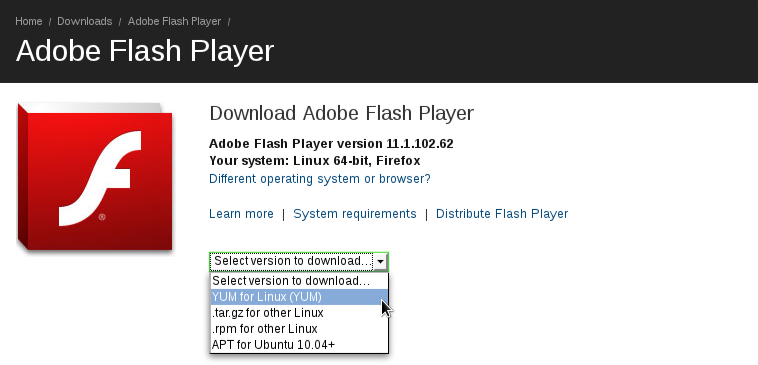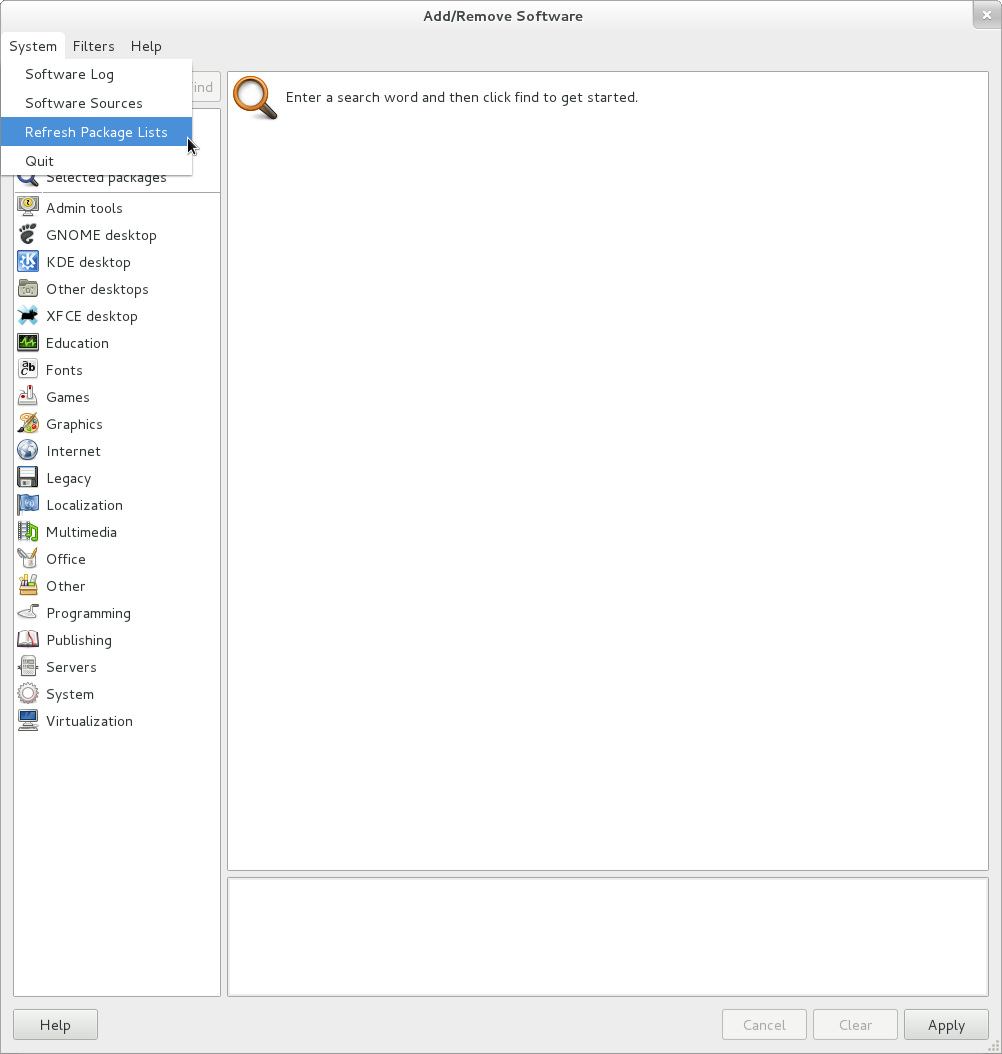Fedora 16 And GNOME Shell: Tested And Reviewed
Ubuntu and Mint don't want it; Linus called it an “unholy mess.” While most other distros are passing up or postponing GNOME Shell, Fedora is full steam ahead. Does Red Hat know something the rest of us don't? Or is GNOME 3 really as bad as everyone says?
Repos, Flash, Java, And Codecs
If you've never used Fedora, an RPM-based distro, an entirely FOSS distro, or even Linux, you will seriously want to read the next two pages immediately after installation.
Again, Fedora is not Ubuntu. Fedora is the upstream project for RHEL, and therefore not at all tailored for the novice home user. Fedora is also 100% FOSS, meaning that even free, proprietary software cannot be included in Fedora or its default repos. Flash, Skype, Java, audio/video codecs, and even certain hardware drivers need to be installed manually. But that's not to say you can't turn Fedora into a fully-equipped desktop; it just puts the onus on the user.
But before we get into drivers, let's address that 100% FOSS issue. There are two ways to work around this: the easy way and the long way. First, let's have a look at the easy way.
EasyLife
EasyLife is a great little app that automates a large portion of setting up a new Fedora installation. This application can install the RPM Fusion software repositories, Flash, Java, various multimedia codecs, and even Skype. EasyLife is available as an RPM download. Simply double-click the file to begin installation (just like an .exe or .msi file in Windows, a .dmg in Mac OS X, or a .deb in Ubuntu). When the EasyLife installation completes, click the Activities button. Select Applications and scroll down until you see the entry labeled EasyLife.
You can choose to install a number of different apps and utilities in the options window.
The RPM Fusion repos are installed automatically, so you need to check off ATI or Nvidia if you plan on doing any 3D work. Otherwise, the open source drivers already in use should be fine. You'll also want to grab Codecs, Flash, and Java32 or Java64.
Get Tom's Hardware's best news and in-depth reviews, straight to your inbox.
If you're using EasyLife, skip to the next page. Otherwise, read on to install each item individually.
RPM Fusion Repositories
If you want any proprietary software, you need to add an after-market repository that isn't confined by the strict 100% FOSS policy. There are several third-party RPM repos that can be added to Fedora, but the easiest and most complete for new users is RPM Fusion.
While you can manually add the RPM Fusion repos via the software sources section of the package manager, RPM Fusion makes this much easier by providing downloadable RPMs to do that automatically.
Head on over to this link and download the RPM Fusion free for Fedora 15 and 16 and the RPM Fusion non-free for Fedora 15 and 16. After the RPM files have finished downloading, simply double-click the free package in the file manager to begin installation. Next, install the non-free package.
Now that we have access to distributable proprietary packages, run Software Update again to update the RPM Fusion repo. You may also be asked if you trust the source for each repo, just select the affirmative response.
Flash
To install Flash, download it from Adobe. Select the YUM for Linux (YUM) option in the drop-down menu.
The download package is in RPM format, so double-click it to install. This package is not actually Flash, it just adds the Adobe Flash software channel to the list of available software in Add/Remove Software.
Next, we need to make the Flash repo searchable. Open Add/Remove Software, select the System menu, and hit Refresh Package Lists.
Now, we can install Flash. Search for “flash,” select Adobe Flash 11.1 Player, and click Apply.
Java
The RPM Fusion repos add Java to the list of packages in Add/Remove Software. Search for “java,” select Java, and click Apply.
Codecs
In order to play back certain media formats, such as MP3 files, we have to get the proper codecs. Fedora comes with the “Good” and the free version of the “Bad” GStreamer codec packs. RPM Fusion adds more versions of the GGtreamer codec packs. We need to grab a few additional versions. Open Add/Remove Software, search for “gstreamer,” and select:
Gstreamer streaming media framework “bad” plug-insExtra Gstreamer “bad” plug-ins (less often used “bad” plug-ins)Non Free Gstreamer streaming media framework “bad” plug-insGstreamer streaming media framework “ugly” plug-ins
Click Apply, and at the end of the installation, you should be able to play your media files.
Current page: Repos, Flash, Java, And Codecs
Prev Page Fedora 16 Installation: Phase Two Next Page Graphics, Wi-Fi, And 32-bit Libs




